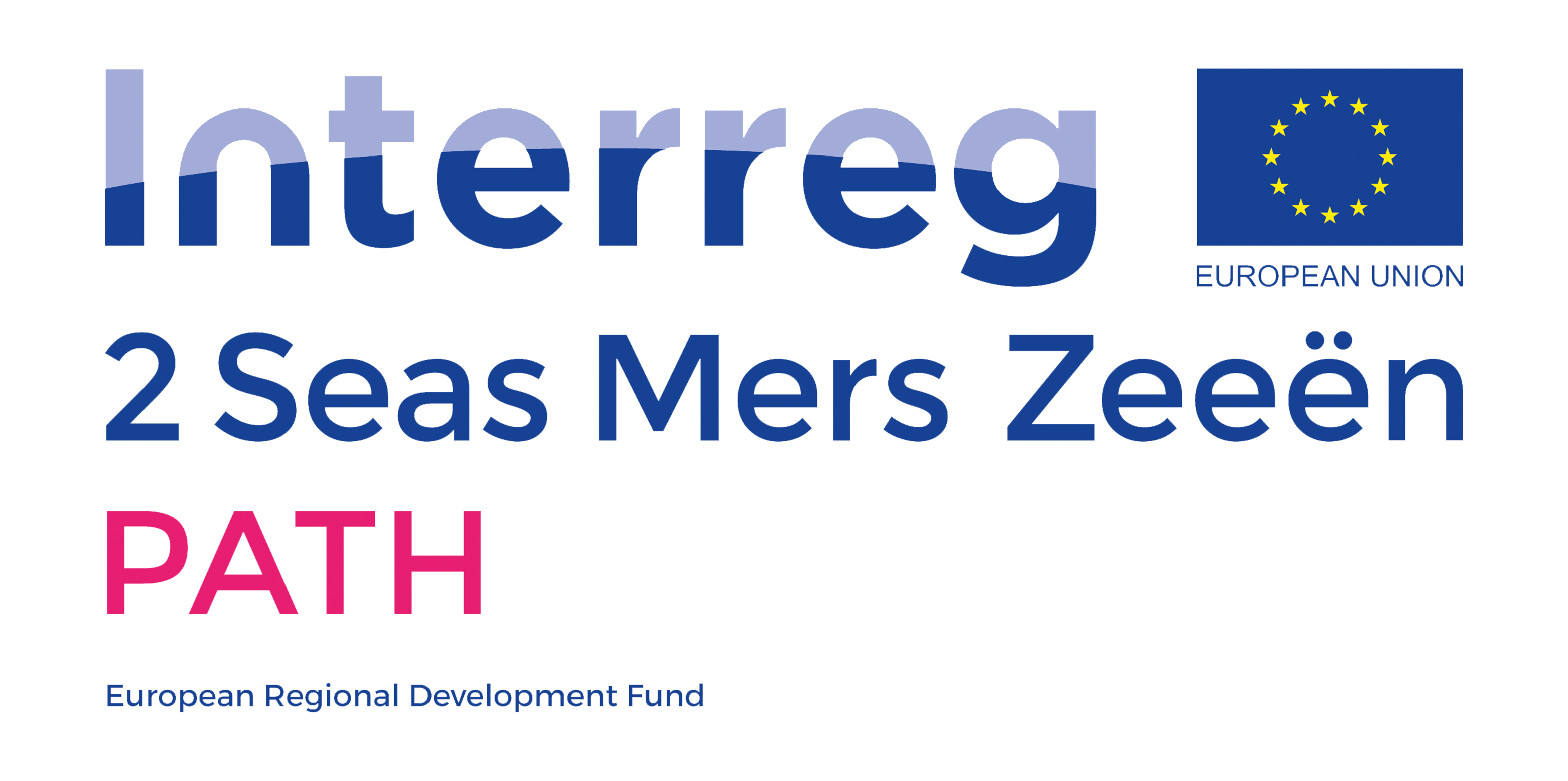
© 2021 Copyright: Bournemouth University
There are a number of anxiety disorders that women may experience in the perinatal period including generalised anxiety disorder (GAD), obsessive compulsive disorder, panic disorder, phobias (including needle phobia and tokophobia), post-traumatic stress disorder (PTSD) and social anxiety disorder. These can occur on their own or co-exist with depression. Anxiety and related disorders are known to affect 15%-20% of women in the perinatal period1,2.
The common signs and symptoms of perinatal anxiety include fatigue, irritability, tension, concentration difficulties, and insomnia. They can be associated with fears of foetal or baby’s wellbeing, maternal wellness, illness in the partner and parental mortality. Anxiety can be disabling if these fears are recurrent, time-consuming, intrusive, and acquire a quality of irrationality.
For a woman with persistent subthreshold symptoms of anxiety in pregnancy or the postnatal period, consider facilitated self‑help. For a woman with anxiety disorder of mild to moderate severity in pregnancy or the postnatal period, offer a low‑intensity psychological intervention (for example, facilitated self‑help) or a high‑intensity psychological intervention (for example, CBT) as initial treatment.
Local mental health services or third sector organisations may be able to offer specific counselling or group programmes for anxiety. In addition, you can recommend online CBT, self-help books, physical activities, relaxation techniques, support from health visitors and peer support groups.
If the disorder is causing severe distress and/or impairment then medication may be required, often in combination with psychological therapy. SSRIs (selective serotonin re-uptake inhibitors) are the most commonly used class of antidepressant medication in the perinatal period4. For further advice on medications in the perinatal period, please refer to ‘Top Tips for GPs on prescribing in the perinatal period’.
If both medication and CBT have not been successful, the woman’s daily activities are being severely affected by her anxiety or there are associated risks (such as suicidal ideation/intent or thoughts to harm others), referral to the local specialist perinatal mental health service or community mental health team should be considered.
Training for healthcare professionals:
Watch our video where Dr Bosky Nair, Consultant Perinatal Psychiatrist, talks about perinatal anxiety disorders
1. Fawcett EJ, Fairbrother N, Cox ML, White IR, Fawcett JM. The Prevalence of Anxiety Disorders During Pregnancy and the Postpartum Period: A Multivariate Bayesian Meta-Analysis. J Clin Psychiatry. 2019.
2. Fairbrother N, Janssen P, Antony MM, Tucker E, Young AH. Perinatal anxiety disorder prevalence and incidence. J Affect Disord. 2016
3. UK National Institute for Health and Care Excellence (NICE). Antenatal and postnatal mental health: clinical management and service guidance (clinical guideline CG192). 2018. nice.org.uk/guidance/CG192
4. Hamish McAllister-Williams, R et al British Association for Psychopharmacology consensus guidance on the use of psychotropic medication preconception, in pregnancy and postpartum 2017